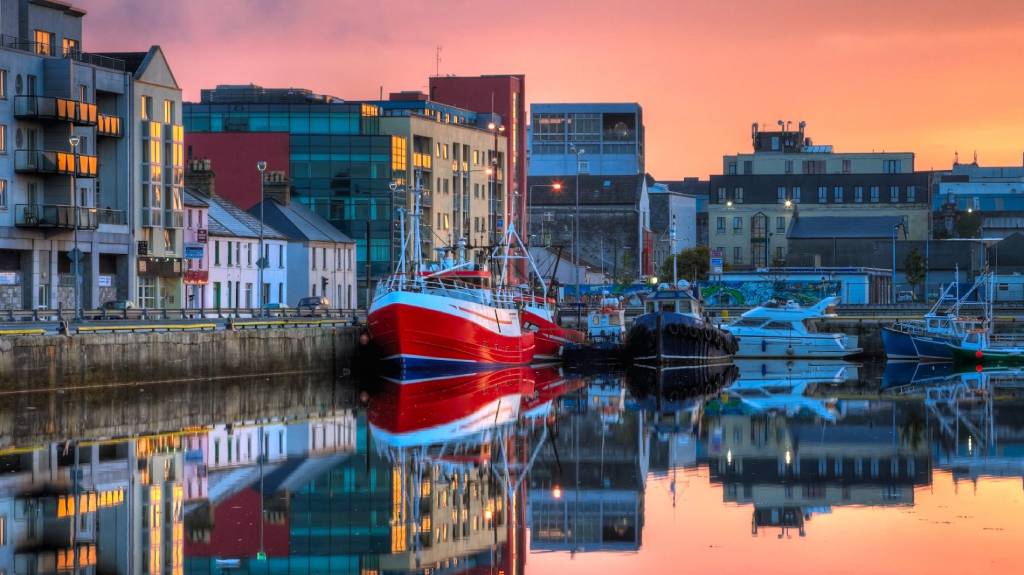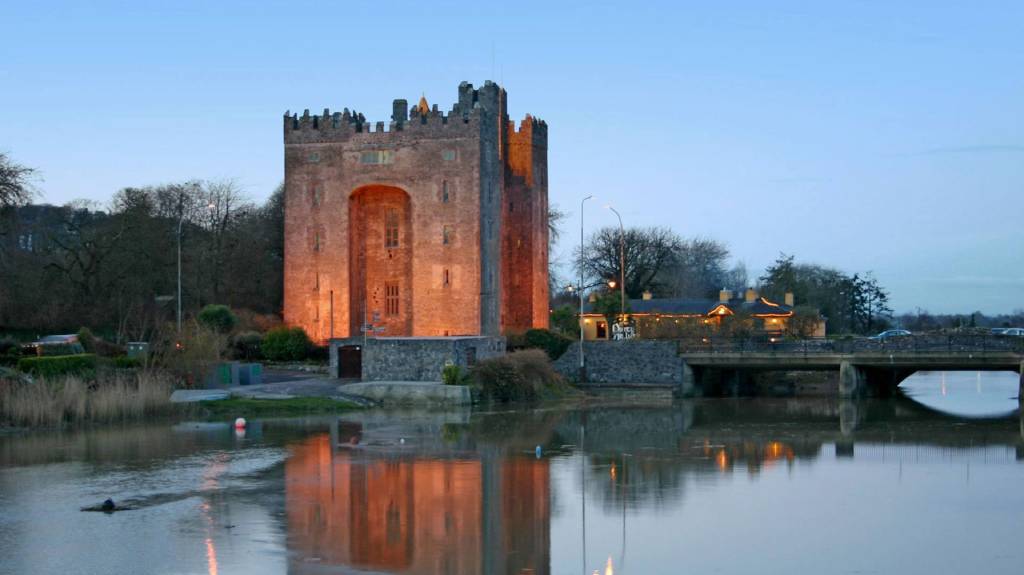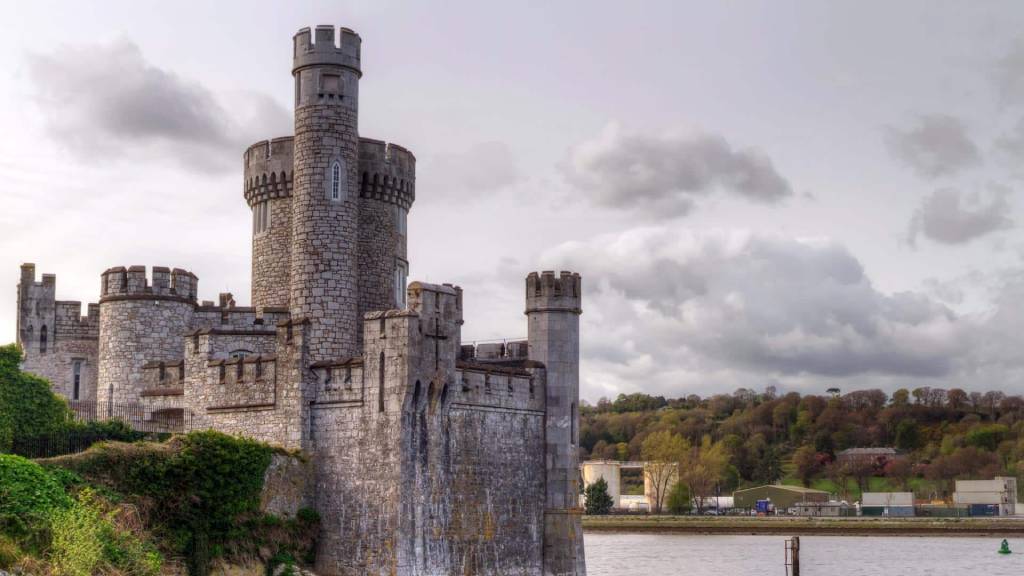
Cork is Ireland’s rebel heart, a riverside rebel with a pint-sized punch that packs in medieval castles, gourmet markets, and harbor forts guarding secrets of the sea. It’s a city where Georgian squares hum with buskers’ ballads, the Lee River laps at colorful quays, and the air smells of fresh soda bread and salty breezes from the wild Atlantic. I scaled Blarney’s battlements at dawn, lips brushing the legendary stone for eloquence I didn’t need, then feasted on black pudding in the English Market amid chatter that felt like family. It’s gritty glamour—unyielding, unfiltered, and utterly addictive. If you’re after a dose of Irish defiance, culinary fire, and coastal cadence, Cork compels. Keep reading for my guide to claiming the gift of gab and claiming the city’s spirited soul.
Why Visit Cork?
Cork is Ireland’s second city with first-class flavor, melding rebellious history, foodie fervor, and gateway status to the southwest’s rugged shores. Here’s why you need to stake your claim in Cork:
- Blarney Castle Magic: Kiss the Blarney Stone for silver-tongued charm, then roam enchanted gardens and tower tales.
- English Market Bounty: Europe’s oldest food hall overflows with artisan eats, from seafood stews to cheese wheels that scream local love.
- Rebel Relics: Delve into Cork City Gaol’s grim cells and revolutionary whispers that fueled Ireland’s fight.
- Coastal Strongholds: Charles Fort’s star-shaped ramparts overlook Kinsale’s yacht-dotted harbor, blending military might with maritime views.
- Cultural Currents: From UCC’s Gothic quads to Shandon’s pealing bells, Cork pulses with art, science, and street-level soul.
Cork is a feisty fusion of fortitude—a storied past poured into a pint of present-day pride.
What Are the Best Things to Do in Cork? (For Your First Visit)
Blarney Castle
Medieval fortress famed for its Blarney Stone—kiss it for the gift of gab, then explore lush gardens and ancient towers amid enchanting woodland trails. Day tour via Viator with Cobh.
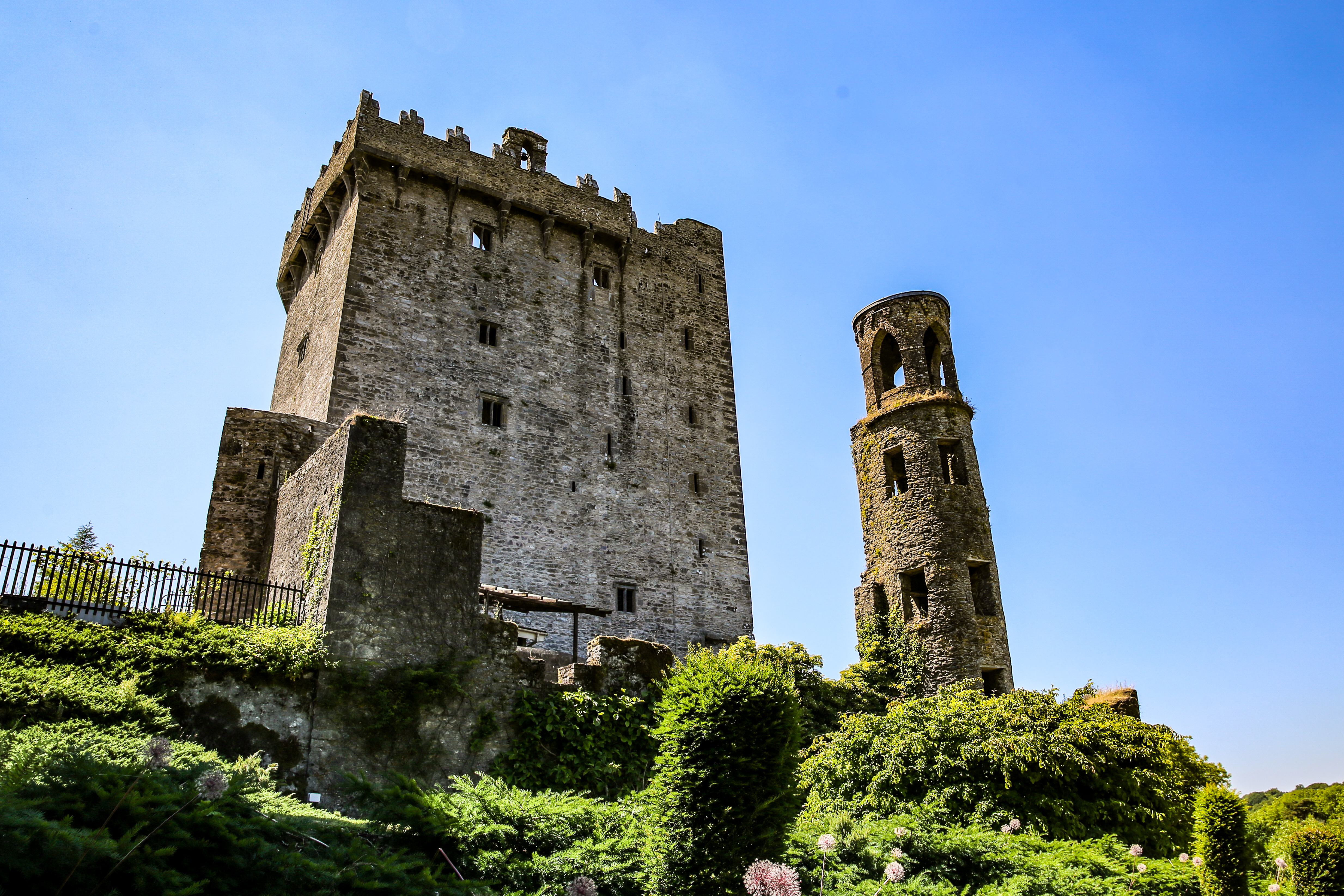
English Market
Historic 1788 food hall brimming with artisanal cheeses, fresh seafood, and family-run stalls—sample drisheen sausage and gourmet chowder in this vibrant culinary hub. Walking food tour via GetYourGuide in the market.
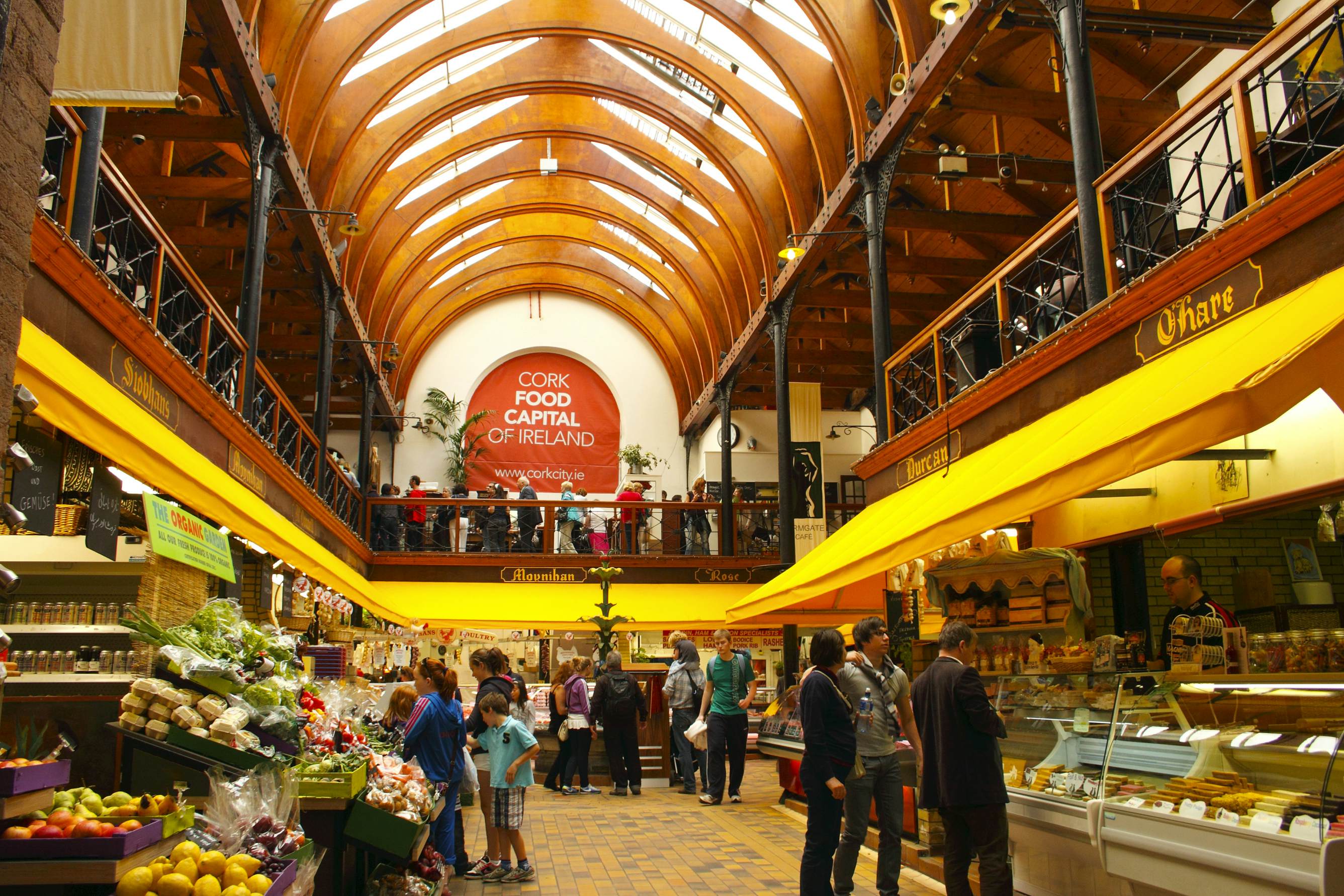
Cork City Gaol
Haunting 19th-century prison with ghost stories and revolutionary tales—guided tours through dimly lit cells reveal Cork’s turbulent independence history. Admission with guidebook via TripAdvisor for immersion.
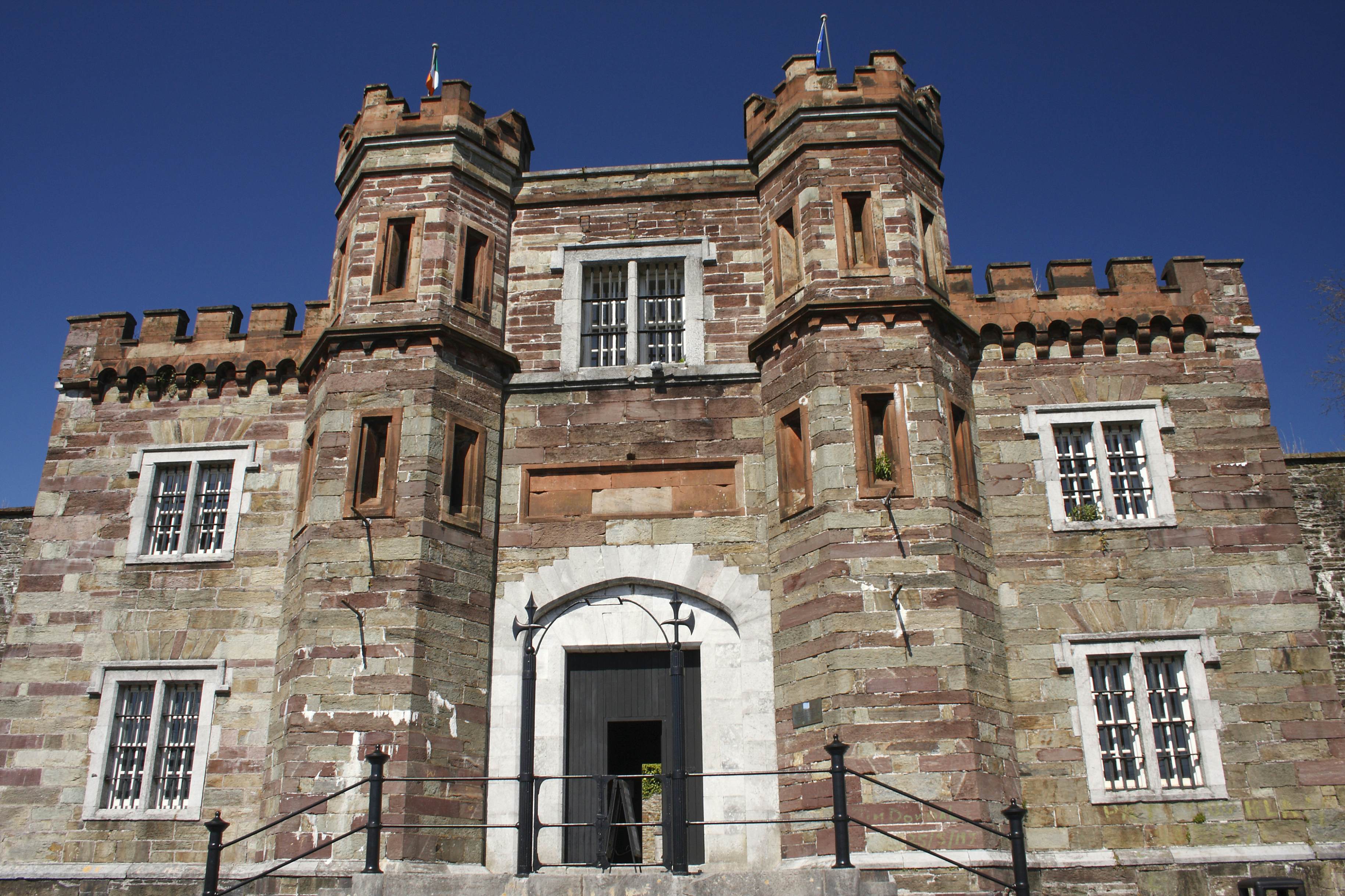
St Fin Barre’s Cathedral
Neo-Gothic masterpiece with soaring spires and intricate mosaics—wander rose windows and choral nave in this 19th-century Anglican icon. Tours and tickets via Viator for architectural wonders.
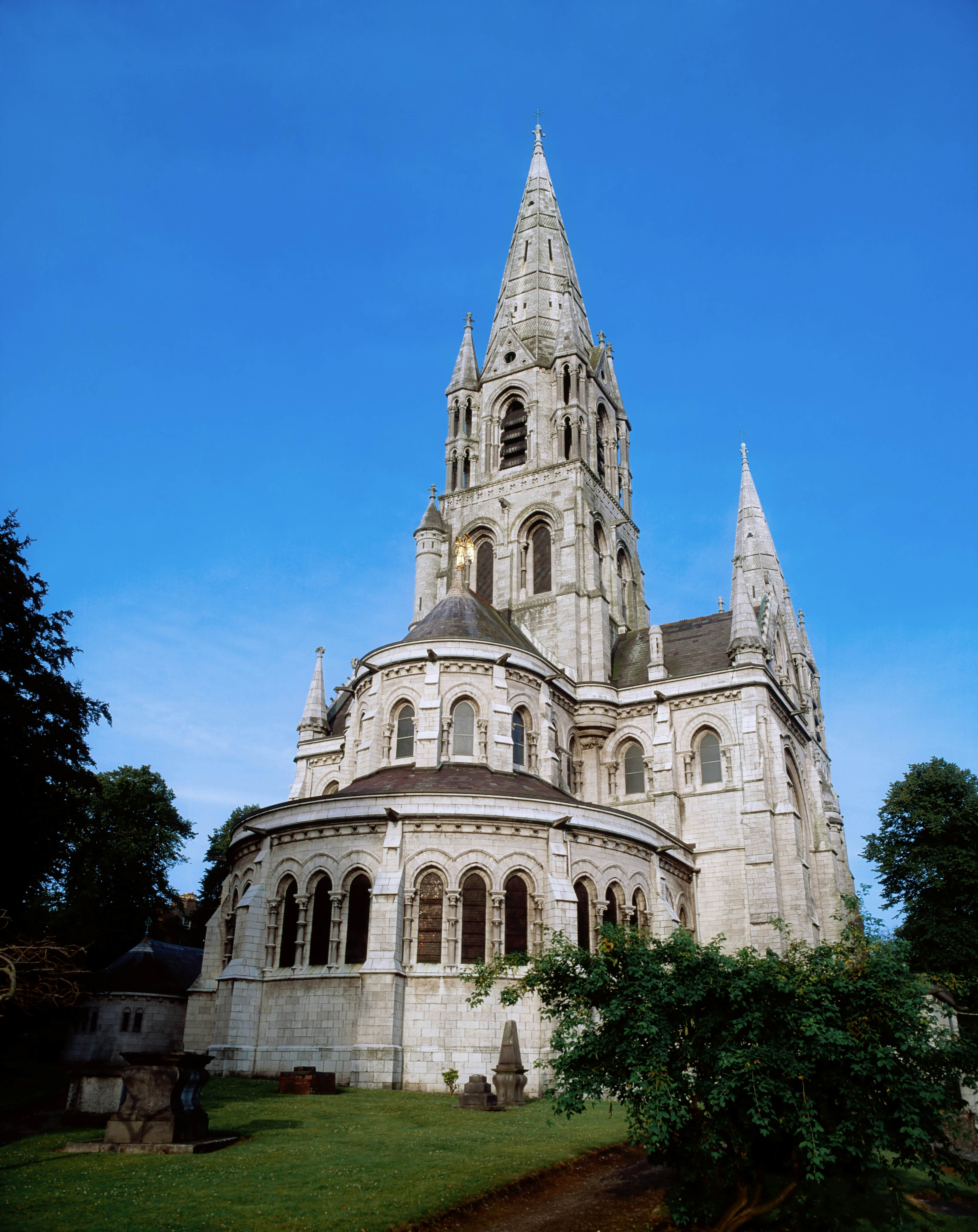
Charles Fort
Star-shaped 17th-century seaside fortress guarding Kinsale Harbour—explore ramparts and gun emplacements with Atlantic breezes and harbor views. Shore excursion via TripAdvisor including the fort.
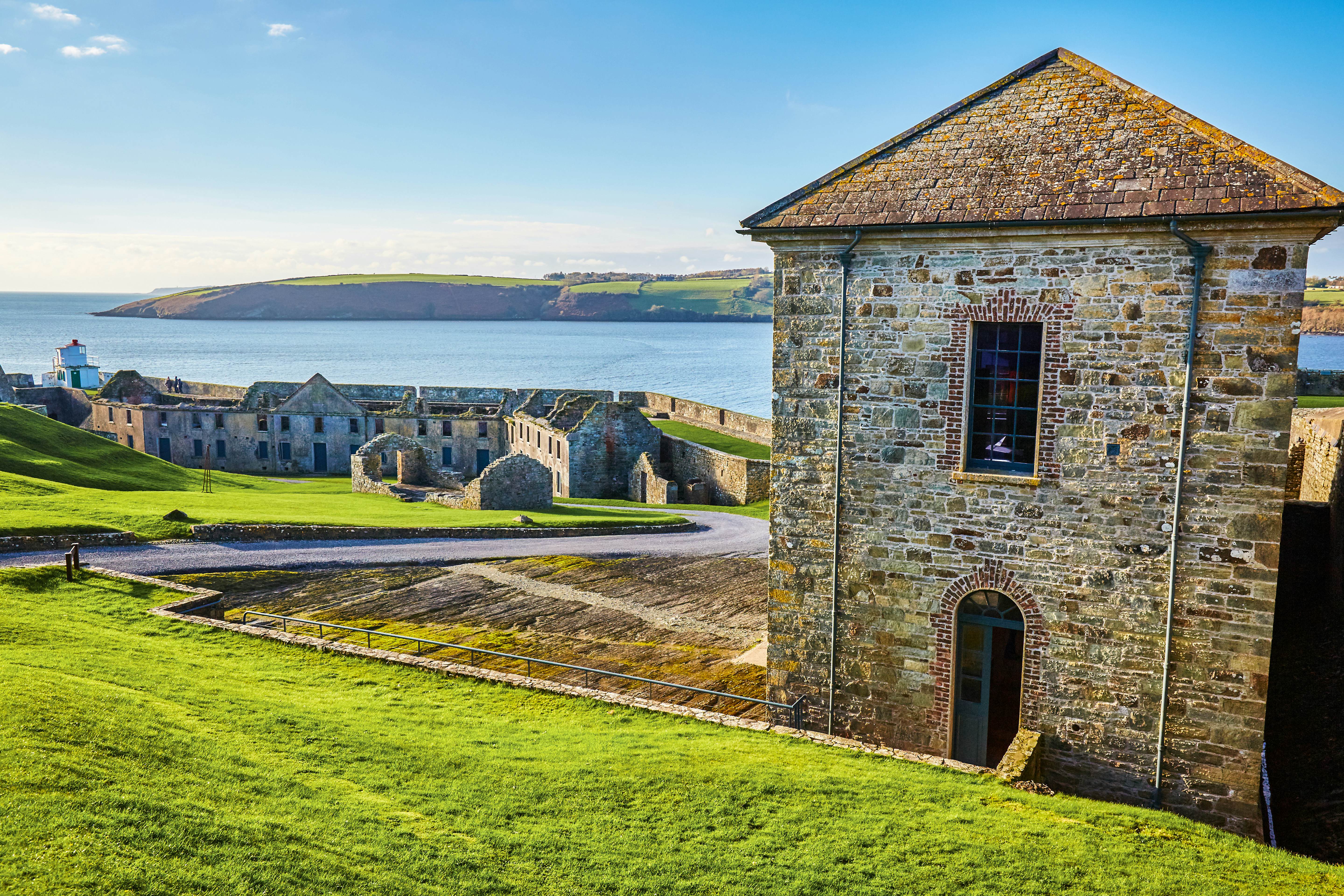
Fota Wildlife Park
Open-range safari with cheetahs, giraffes, and kangaroos roaming free—feed lemurs and spot penguins in this family-friendly conservation haven. Wildlife activities via GetYourGuide at Fota.
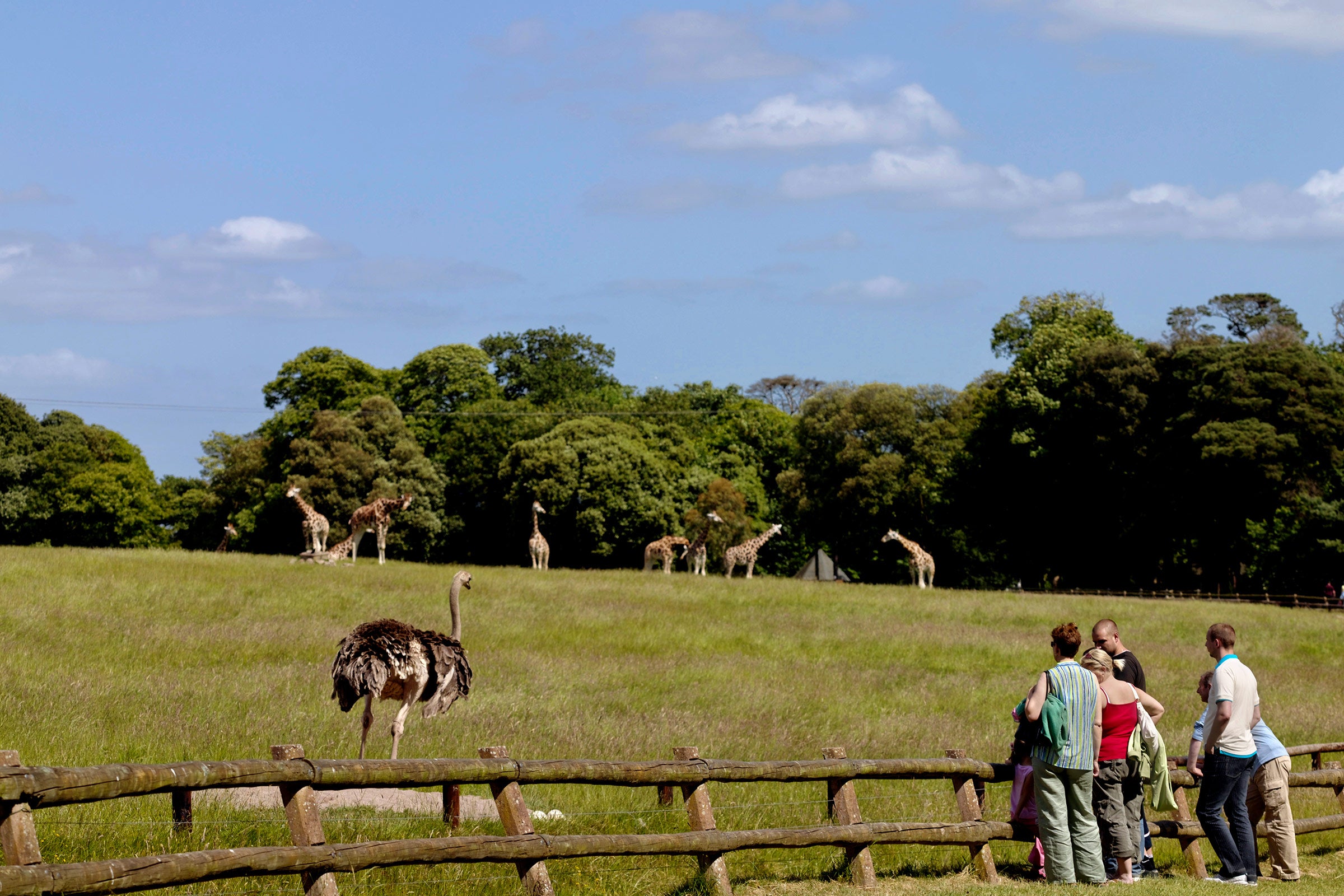
Crawford Art Gallery
Free contemporary hub in a Georgian customs house—discover Irish modern masters and rotating exhibits amid elegant neoclassical halls. City ramble tour via Viator including the gallery.

University College Cork (UCC)
Stunning Gothic campus with lush quads and Long Hall library—stroll 18th-century grounds blending academic charm and botanical beauty. Campus guided tour via GetYourGuide for history.

Shandon Bells & Tower
Iconic 18th-century bell tower with colorful facade—climb for city panoramas and ring the famous eight bells yourself. Cultural tour via TripAdvisor including Shandon.
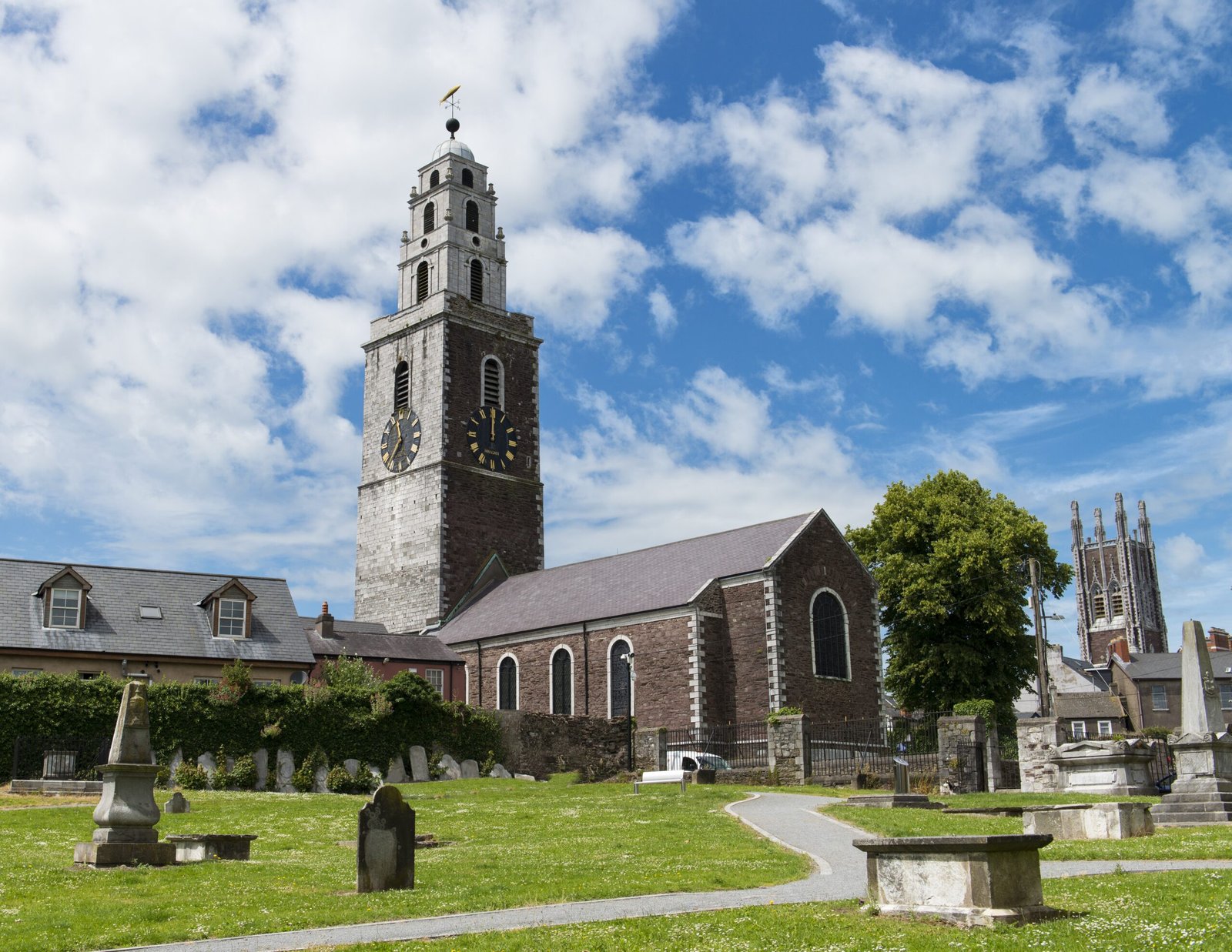
Blackrock Castle Observatory
16th-century turreted fortress turned space center—stargaze through telescopes and explore interactive cosmos exhibits on the River Lee. Observatory visit via TripAdvisor with science shows.

More Popular Tours in Cork
What’s the Best Month to Visit Cork?
The best time to visit Cork for gentle weather and festive flair is during the shoulder seasons: May to June and September to October.
Spring unfurls with soft temps (highs up to 59°F by June) and the Cork International Choral Festival, ideal for market meanders and Blarney rambles. Early autumn clings to summer warmth (around 59°F in September) with sparser crowds, suiting fort forays and the Cork Jazz Festival in October. Summer (July–August) sizzles at 63°F with harbor regattas, though mists roll in. Winter (November–March) is mild and merry, perfect for indoor gallery glows and holiday markets minus the masses.
How to Get to Cork
Cork is served by Cork Airport (ORK), just 5 miles south of the city center. It’s a convenient hub for Europe—check WayAway for flight steals. From the airport:
- Bus Éireann (Route 225): Direct to city center (€3, 20–30 min).
- Taxi/Uber: Swift to hotels or stations (€15–€25, 10–15 min).
- Private Shuttle: Group-friendly vans (€10+, 15 min).
Trains from Dublin (Irish Rail €40–€60, 2.5 hrs) or buses (GoBus €20, 3 hrs) land at Kent Station.
How to Get Around Cork
Cork’s hilly heart is hikeable, but Bus Éireann loops the essentials effortlessly. The Leap Card unifies fares for seamless sips.
- City Buses: Routes to UCC, Fota, and Blackrock; single fare €1.60.
- Walking: Prime for the market, cathedral quarter, and quayside quirks.
- Bike Share: Cork’s stations for €4/day; roll to Shandon or the marina.
- Leap Card: 24-hour (€8.50) or 72-hour (€17.50) for unlimited bus jaunts.
Tips for Tourists Using Transport:
- TFI app tracks buses and Leap balances in real-time.
- Forego cars downtown—hills and one-ways confound.
- Secure gear on outbound airport buses during peak.
Conclusion: Cork is a city where rebellion rhymes with revelry. Harness buses for outskirts like Fota, then hoof it through the heartbeat of markets and minsters. You’ll pivot from gaol ghosts to gourmet glory with rebel ease. Discover the defiance and delight of Ireland’s deep south with our detailed Cork guide!
Note: This article contains affiliate links. If you purchase something I’ve recommended, I’ll earn a small commission at no extra cost to you. I really appreciate your support and I hope this guide helps you ♡








